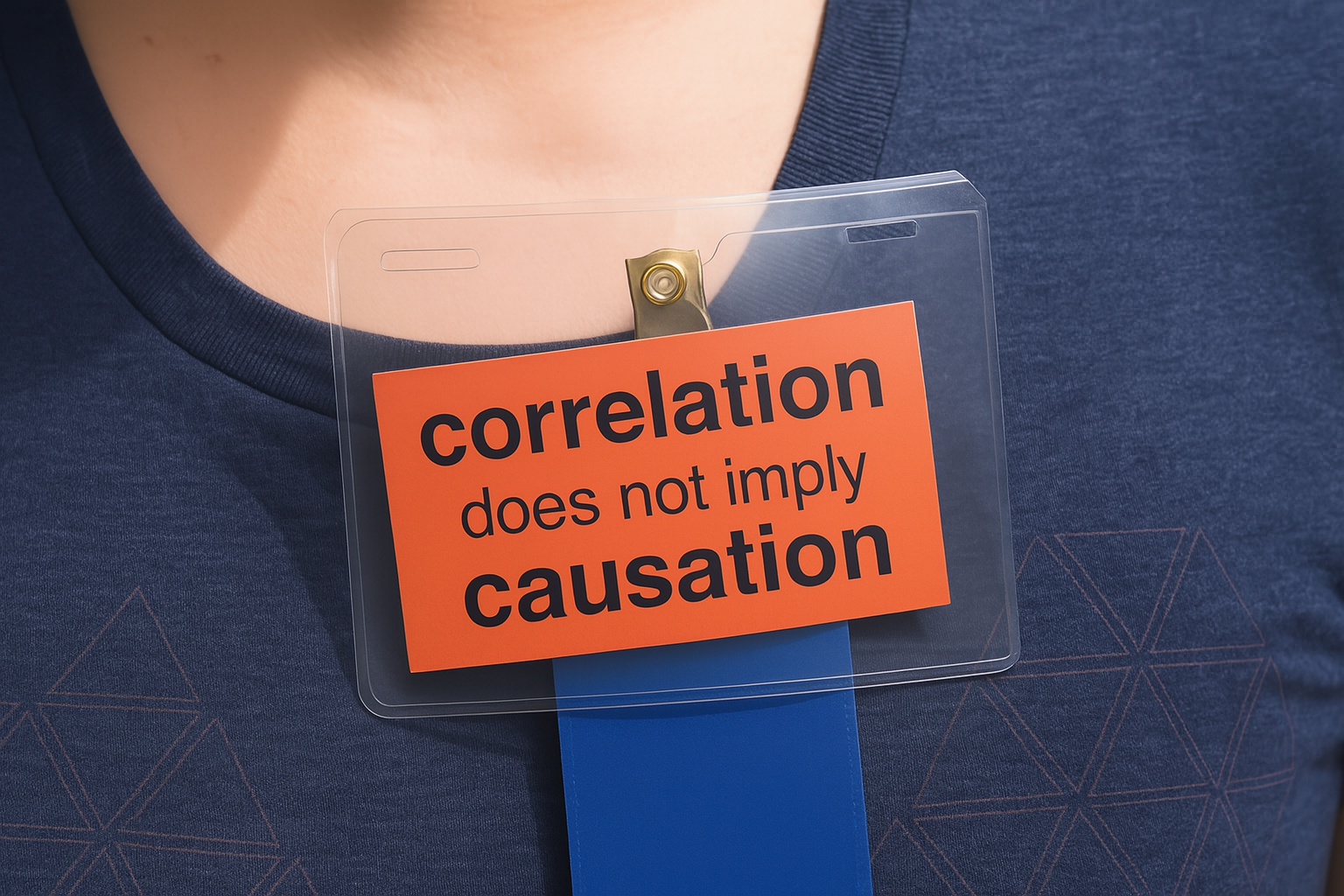🧬 1. Genetic Studies: It’s in Their DNA
Large-scale research links vaping and smoking to shared genetics:
-
Jasmine Khouja et al. found that polygenic risk scores (PRS) for smoking initiation predicted both cigarette and e-cigarette use (OR ≈ 1.3)
-
These PRS also correlated with other risk behaviors—gambling, conduct disorders, externalizing traits—suggesting a broad risk-taking phenotype, not a specific gateway from vaping
-
As FilterMag summarizes:
“Their findings suggest that smoking and e‑cigarette use are both reflections of a broad risk‑taking phenotype.”
✨ Takeaway: It’s genetics + personality, not vaping forcing smoking.
📉 2. Population Charts: Smoking Drops with Vaping Rise
Real-world data contradict the gateway narrative:
-
CDC National Youth Tobacco Survey: youth cigarette use has hit record lows (~1.6–1.7%), while vaping declined to ~5.9% in 2024
-
Global youth smoking rates have rocketed down 86% since 1997; from 36.4% to 3.8% by 2021—overlapping the vaping boom
🛑 3. Policy Implications: Need for Balanced Regulation
-
Diverging approaches globally:
-
Australia bans vapes, fueling illicit use—not smoking declines
-
UK saw vaping surge and smoking stagnate: vaping is rising among non-smokers
-
-
SA context: 36% of SA high schoolers have tried vaping, with ~17% regular usage; meanwhile youth smoking is low (~2%)
-
Nicotine harm: FDA warns nicotine harms developing brains—impairing attention, impulse control, increasing addiction vulnerability
Policy balance:
-
Tighten youth safeguards (accessibility, age‑checks)
-
Promote vaping as adult cessation tool
-
Avoid blanket bans that create black markets
📚 4. Expert Quotes
“Among many implications, the recent research lends support to the case for ‘common liability’ to nicotine use—and not some sort of ‘gateway effect’.”
“Teen smoking and overall tobacco use … reached a record low this year … incidence partly attributed to reduced youth vaping.”
✅ Summary
| Insight | What It Means |
|---|---|
| Genetics Explained | Shared risk factors—not vaping cause |
| Population Trends | Smoking declines faster after vaping introduction |
| Policy Approach | Regulate youth access, not panic-ban vaping |
| Health Safeguards | Highlight brain risks, support cessation |
-
Sources & Credits
-
FDA & CDC 2024 National Youth Tobacco Survey: decline in youth vaping (7.7% → 5.9%) & lowest-ever smoking rate (1.4%)
-
Khouja et al. study on polygenic risk scores for smoking initiation predicting both vaping & smoking (OR ≈ 1.24–1.29)
-
Nature study on broader genetic predispositions and shared polygenic scores
-
Health & Development risks of adolescent nicotine exposure
-
Policy implications & FDA flavored‑vape regulations referenced via AP and Reuters
-

